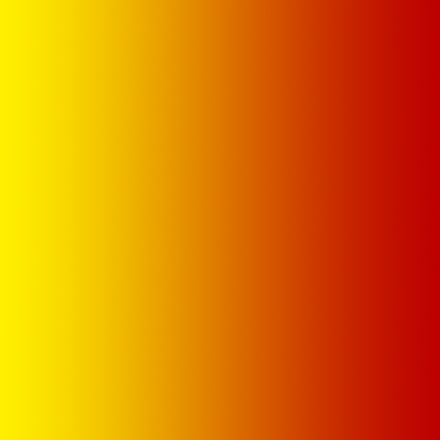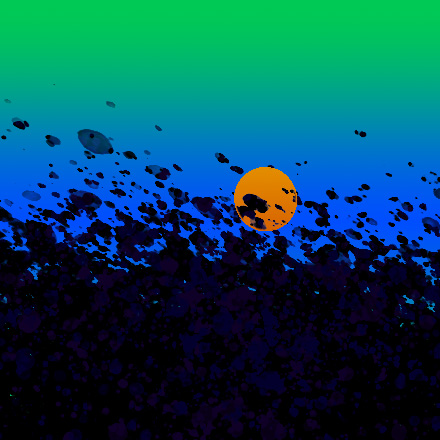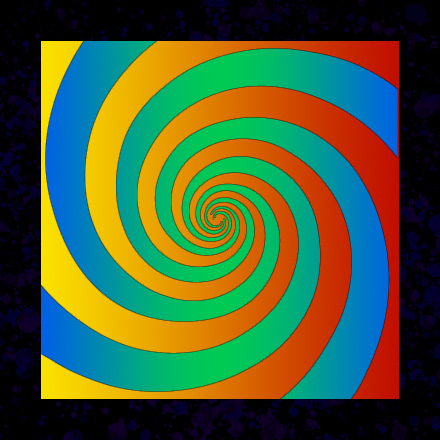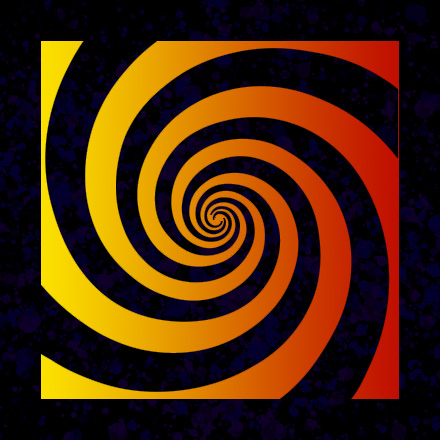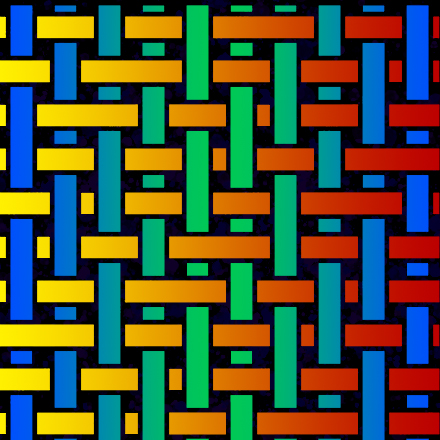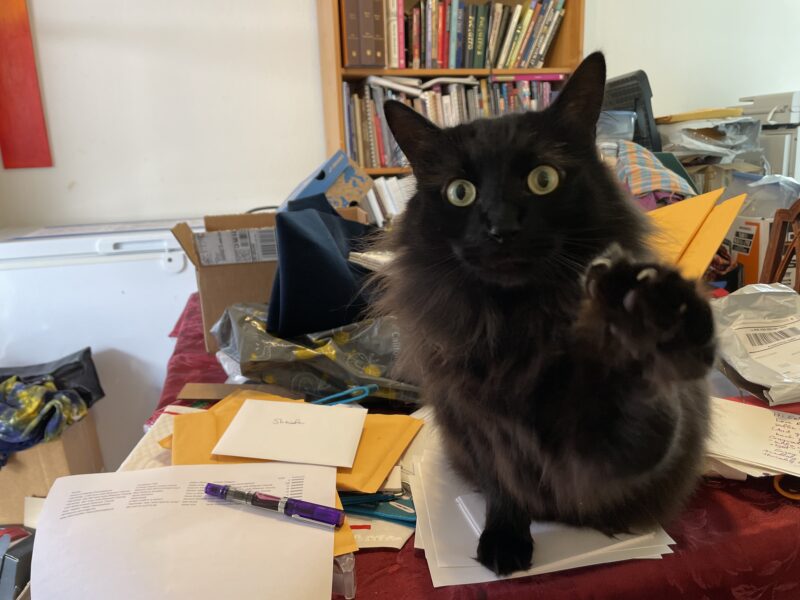The last week has been mostly boring infrastructure upgrades. Grace (my TC-2 jacquard loom) uses plastic pistons to help raise the threads. When it’s damp or hot, the piston expands ever-so-slightly, and threads start raising or lowering incorrectly.
Digital Weaving Norway, which makes the TC-2, recently developed a new type of plastic piston that doesn’t have this problem. I elected to upgrade to the new piston….which means replacing one piston for every heddle on the loom. I have 3,080 heddles on the loom.
It takes 13.75 seconds to replace a single piston. (Not that I timed it, of course 😉 ).The working position is so unergonomic that I can only work for about ten minutes at a time if I want to avoid back and wrist problems. So it is going to take 70-75 working sessions to replace all the pistons. At least a month, maybe two or three.
Oh well. To paraphrase the old saying, “A journey of 3,080 pistons begins with getting off your duff and doing it.” So I am.
However, everything is not dull and boring! To weave velvet, I got 480 spools of rayon embroidery thread, in 120 different colors. Four spools of each color.
I expected them to arrive in a nice neat box, organized by color. What I wound up with….was this.
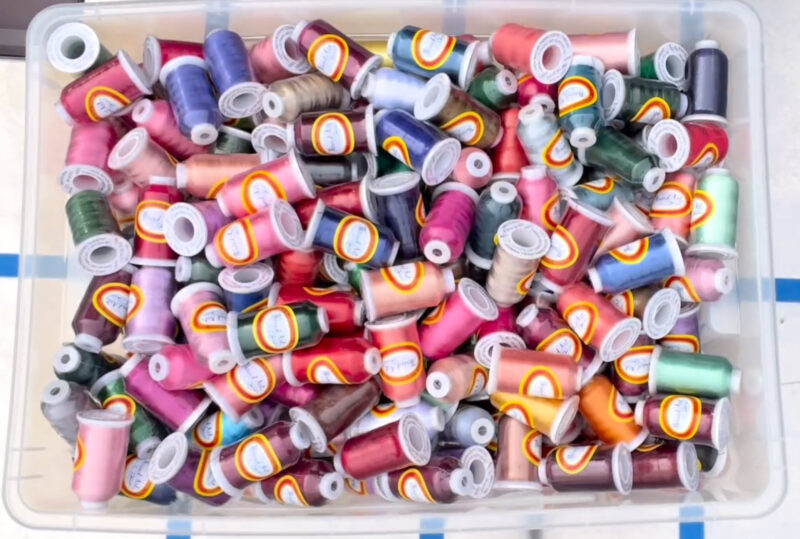
That is not a small box, as you might think by looking at the picture. It’s a 55-quart box, and it’s about 3/4 full. A HUGE jumble, many in very similar colors.
How on earth was I going to pick out the four matching spools of each color from the jumble?
I decided to sort them all by color. Since I wanted to organize them by hue (red, yellow, blue, green, etc.) when I put them away, I started with a rough sort: all the pink/magenta spools in one area, all the yellows in another area, and so on. Then I sorted them by value (darkness). The human eye is very sensitive to values, so organizing a whole bunch of pink (etc.) spools by value went quickly as well.
In all it took me only 47 minutes (10 seconds per spool!) to organize everything. I thought you might find the process entertaining, so I recorded a video, at 15x speed so you can watch the whole process in just over 4 minutes. It’s strangely soothing.
Of course, in the grand tradition of jigsaw-puzzles, one spool turned up missing. It’s a green one. I imagine it’ll turn up someday…perhaps it has found a higher calling, as a cat toy!
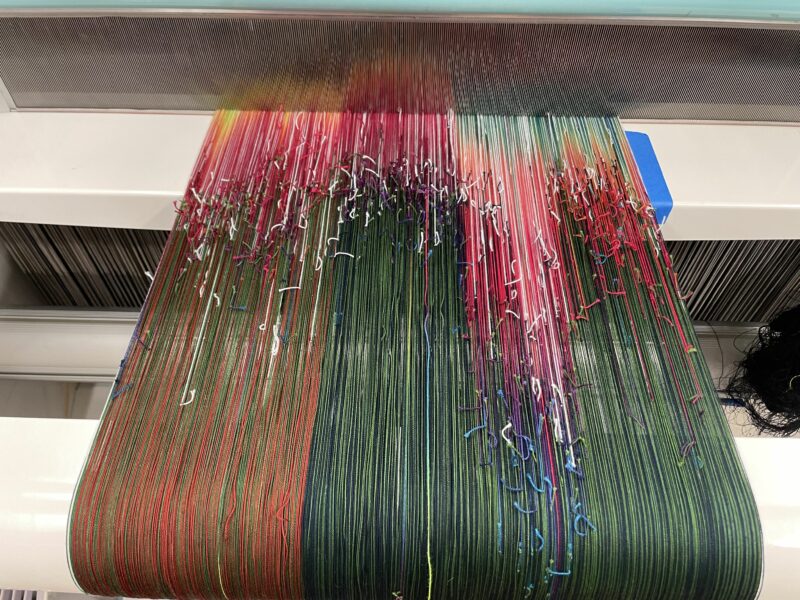
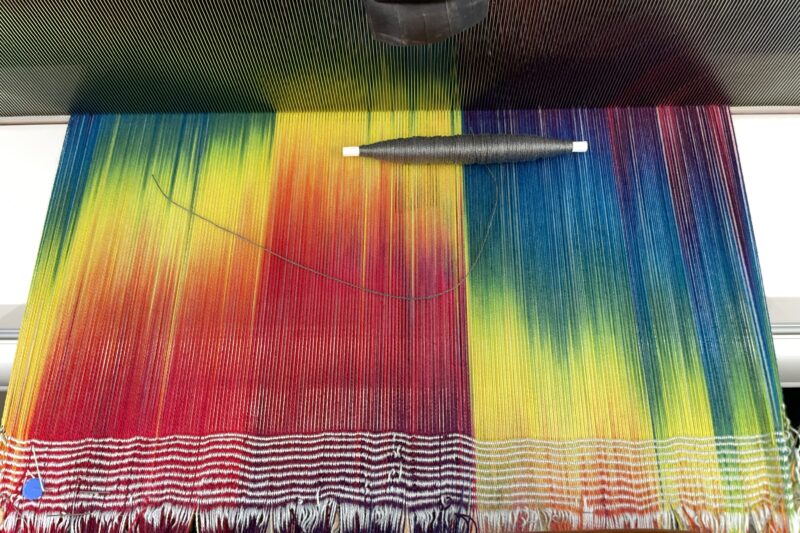
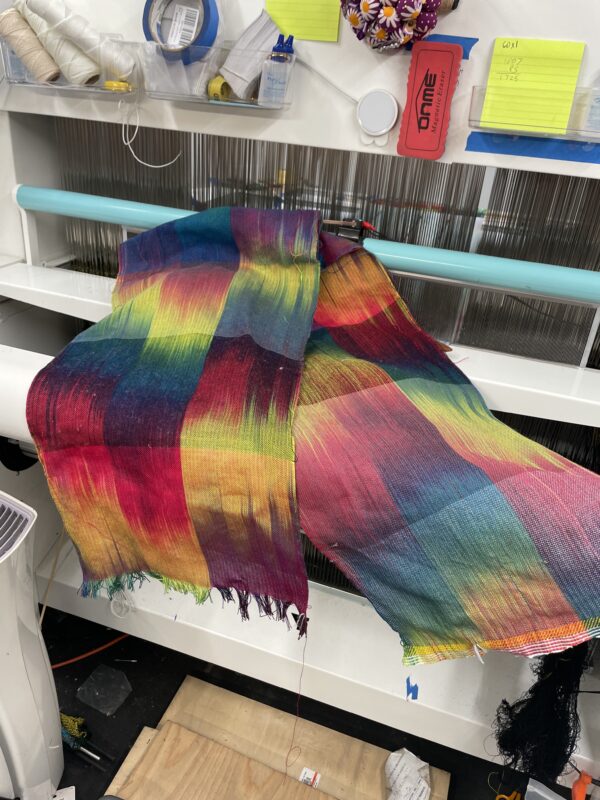
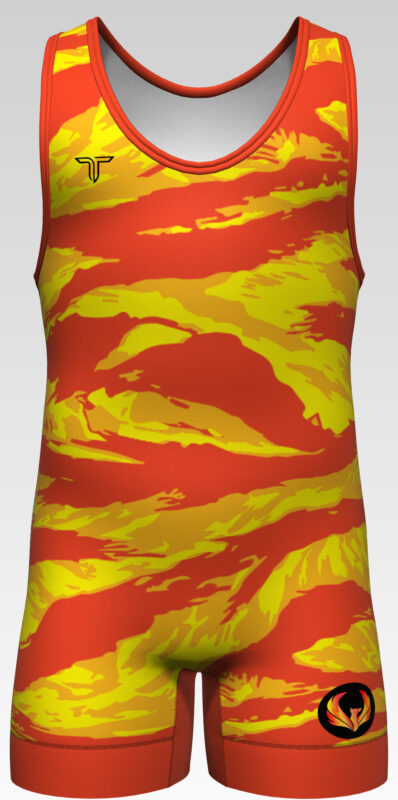
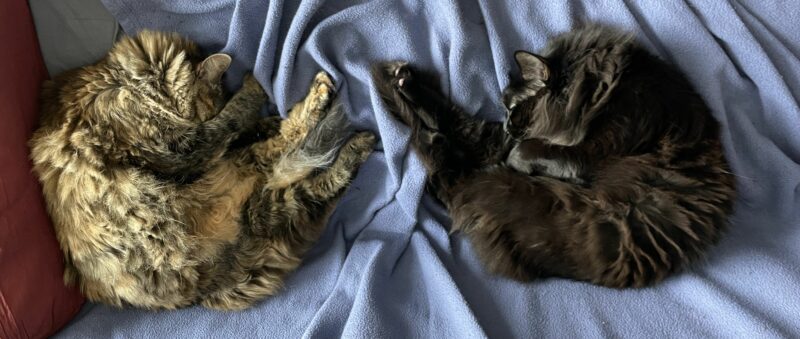
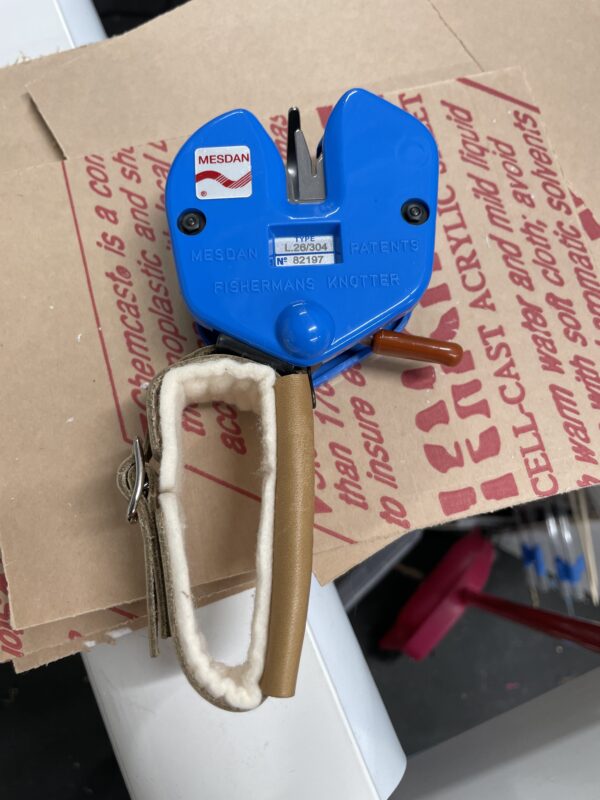
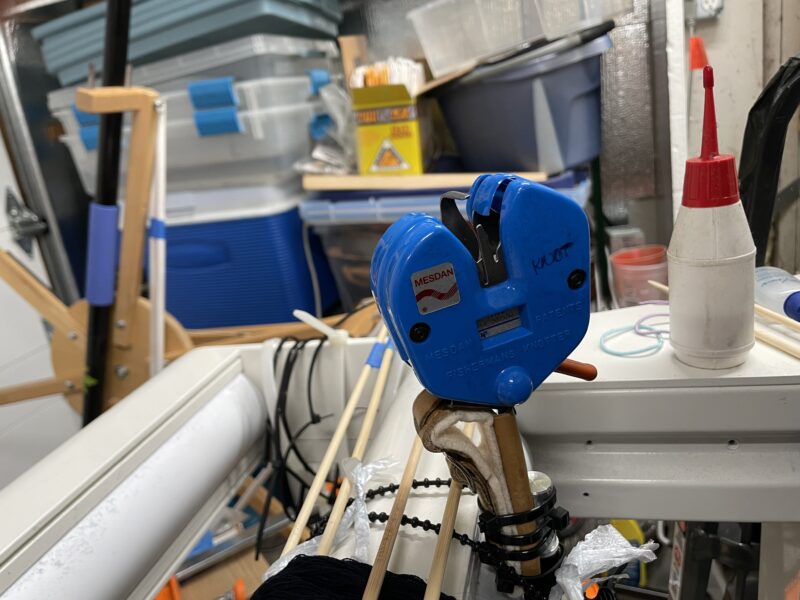
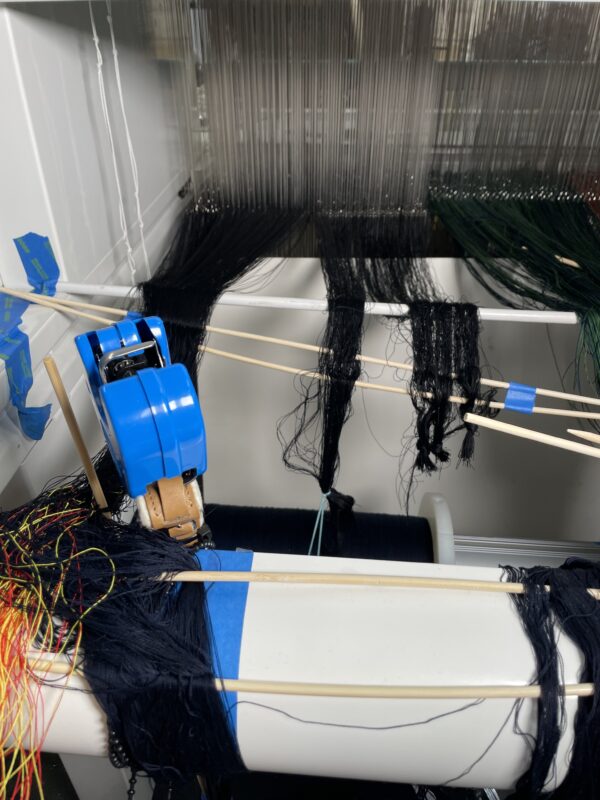
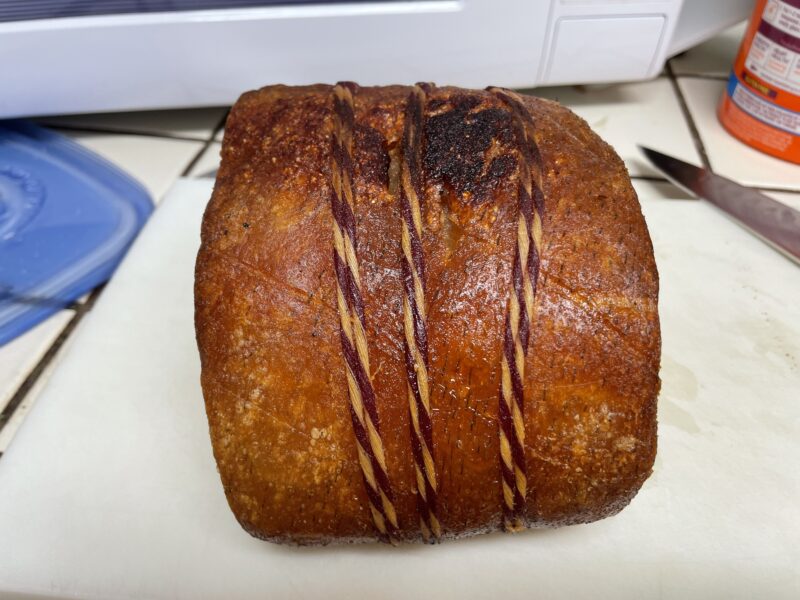
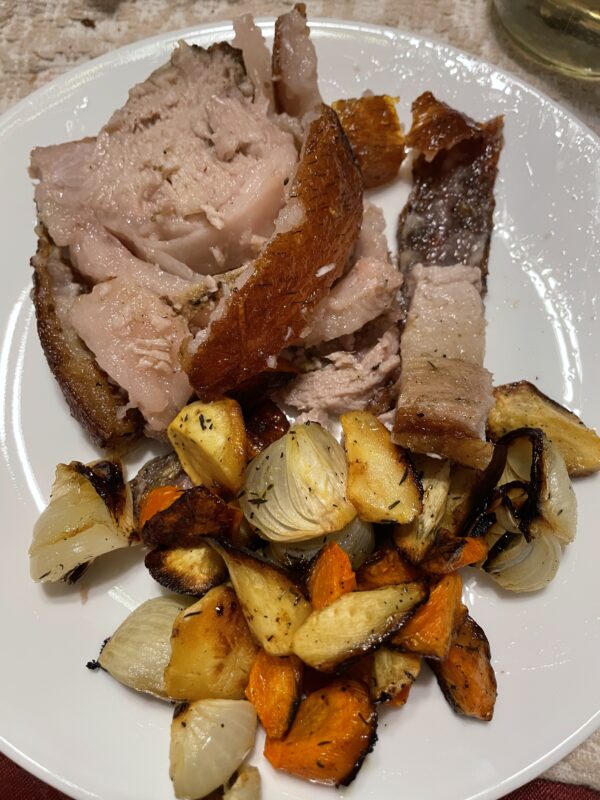
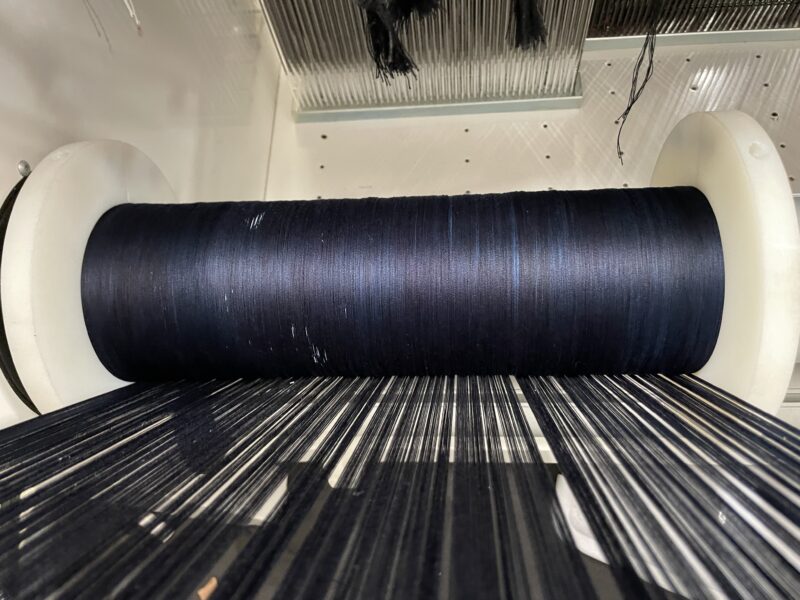
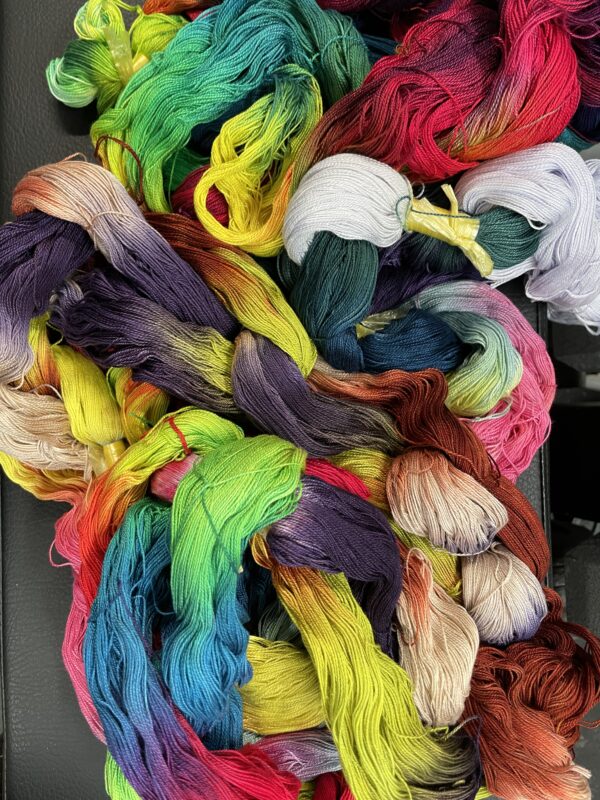
![By Keven Law (originally posted to Flickr as On the lookout...) [CC BY-SA 2.0 (https://creativecommons.org/licenses/by-sa/2.0)], via Wikimedia Commons](https://tienchiu.com/wp-content/uploads/2018/07/least_weasel-800x684.jpg)
